A Quick Look at the Moto X - Motorola's New Flagship
by Brian Klug on August 1, 2013 3:00 PM EST- Posted in
- Smartphones
- Qualcomm
- MSM8960
- Motorola
- Mobile
- Android 4.2
- Moto X
- S4 Pro
Touchless Control
Though the UI for the Moto X is indeed stock android basically everywhere ($12.5 Billion later, Google finally killed Motoblur), there are two specific software customizations on the Moto X which are chief differentiators. The first of which is touchless control, which is essentially a combination of always-listening voice command, and Google Now.
The way it works is simple – say “OK Google Now” with the phone in literally any state, and you’ll get dumped into a special Google Now prompt. It works with the phone in standby mode (screen off, powered on, but in deep sleep), or with screen on.
There’s a training initialization which asks you to say “OK Google Now” in a very quiet room three times (I had to lock myself in a bathroom for the meter to register quiet enough) to enable the feature. After that, saying OK Google Now works well and powers on the phone to this menu. Users cannot change the OK Google Now keyphrase to something custom.
For this system, Motorola uses a natural language processor (NLP) of custom design that I haven’t quite tracked down yet. This controller constantly listens on the 3 microphones onboard Moto X for the “OK Google Now” keyword, then wakes up the AP and enables the Google Now prompt. Motorola says it went with this solution to enable always-on voice without killing battery life from running the main AP all the time (which does make sense). It works surprisingly well, maybe even too well, as even after training saying “OK Google Now” can turn on every Moto X around you. Just something to be aware of.
Contextual Processor
The contextual processor powers two other features, active display, and the gesture-enabled quick capture camera.
Active display is Motorola’s solution to the constant device checking and glancing that users do to find out why a notification fired. It’s a view that sits above the lock screen and displays the last few notifications and enables you to dive into the appropriate app that triggered it. Information just appears on the display when it’s in an off state, breathing in and out when the device is face-up on a surface. Otherwise, flipping the Moto X from face down to face up will bring up the display – I can’t screenshot it, this seems to live outside Android entirely.
To get a preview, you can touch the notification, and then drag up. Dragging left or right clears notifications. Dragging up into a notification will dive into the appropriate application.
There are privacy settings to enable or disable how much information you can have displayed on the active display notification screen so this doesn’t bypass if you have a lock screen on purpose.
I leave my phone face-up on my desk instead of face down to prevent screen scratches, where and the Active Display notification screen pulses periodically with the time and when notifications come in. It works well, I just need to spend time with it.
The other contextual-powered feature is quick capture, which is the quick enter camera gesture. Hold the Moto X, flick your wrist like a screwdriver, and you’ll get popped into Motorola’s camera UI for the Moto X.
The UI is very simplified and makes some interesting choices. Tap to focus and expose is disabled by default – instead tapping anywhere captures a photo. Tap to focus can be re-enabled in the settings, which fly out from the left, but now tapping anywhere focuses on that region and captures immediately. I’m not sure if I like this change. The camera sensor is 16:9, and the preview is likewise 16:9, so there’s at least no cropping going on.
The UI includes HDR, flash control, tap to focus enable/disable, slow motion video (720p60), panorama, location tagging, shutter sound, and the flick gesture enable/disable. What’s missing is photosphere support, unfortunately. Dragging right gets you into the gallery, and there are buttons for changing to the front facing camera and taking video instead of photos. This is sort of a tweaked Android 4.2/4.3 camera UI, with stuff just moved around and photosphere removed.
I’ve done some digging around and believe that Motorola is using a TI MSP430 microcontroller for its contextual processor, as this seems to do at least sensor fusion for the different situational positions. I’m not sure if this also powers the active display functions but wouldn’t be surprised if it did.


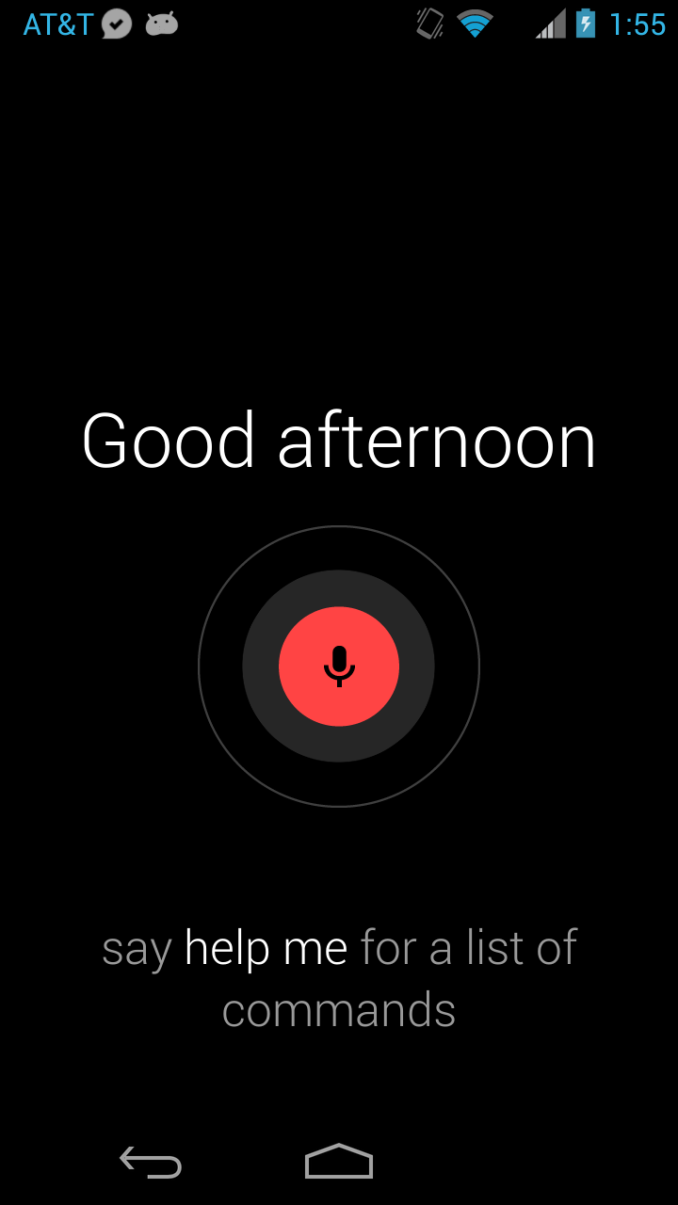
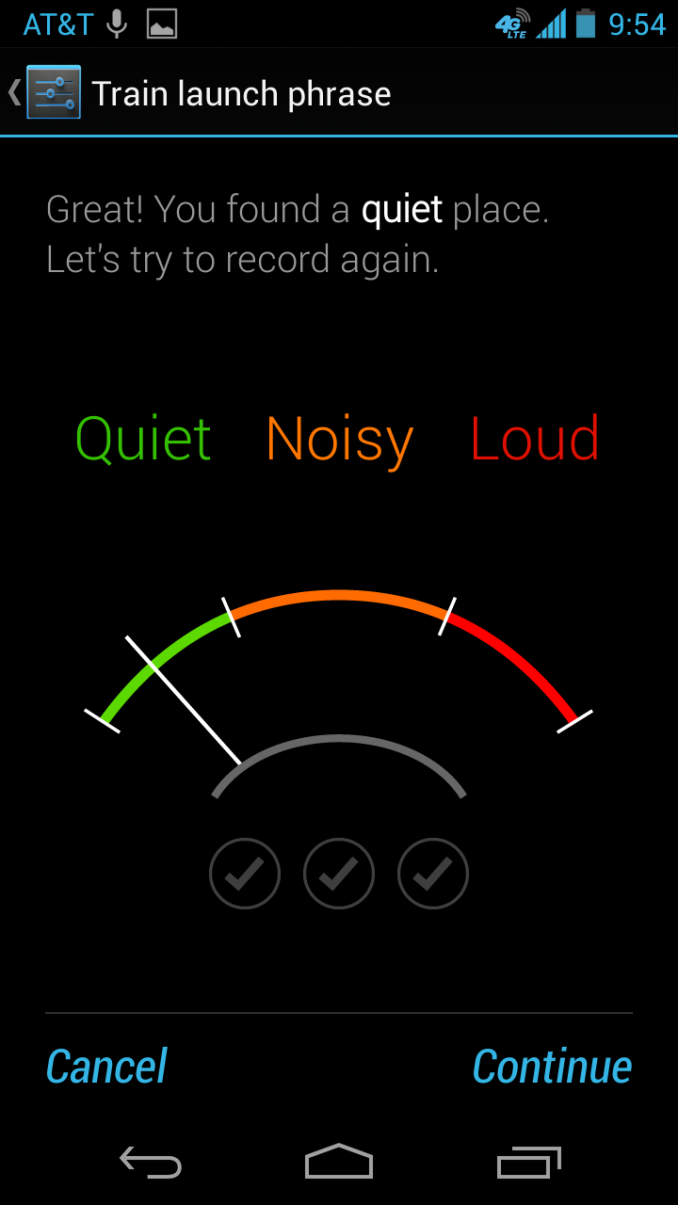
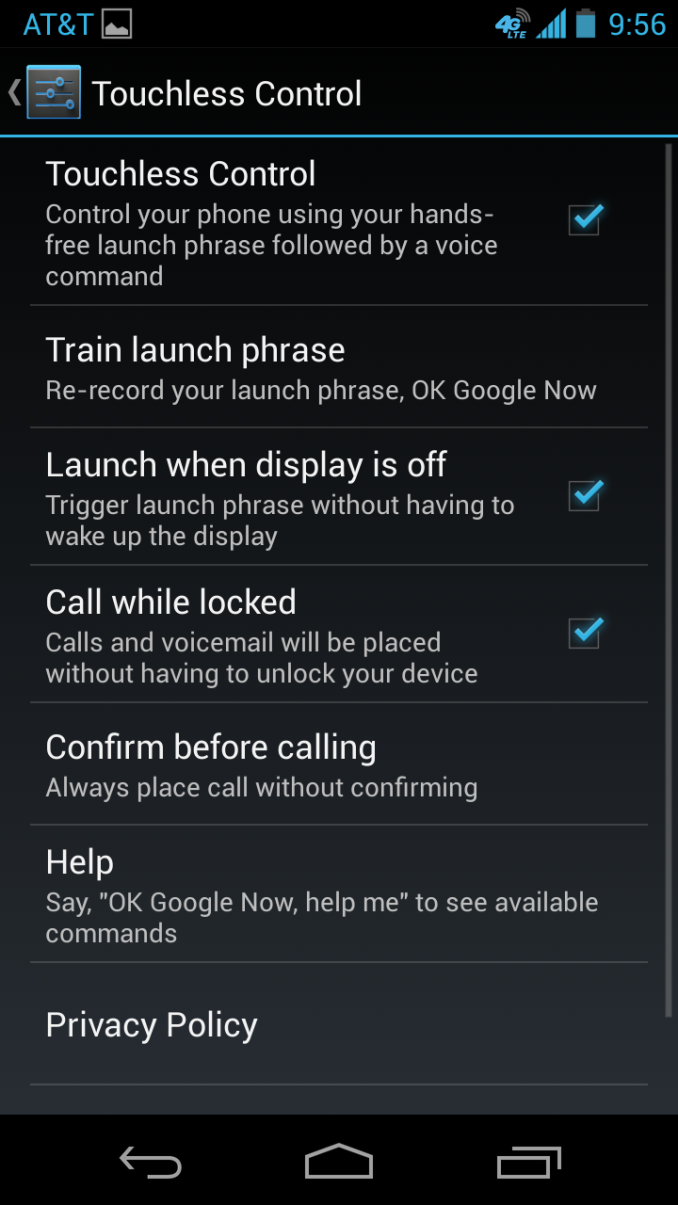
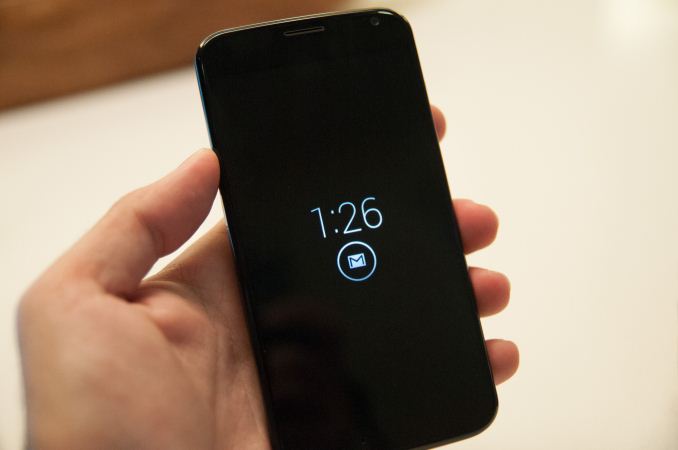
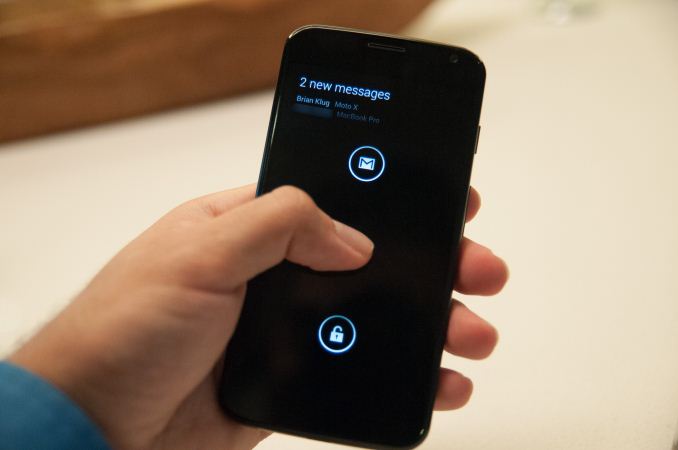
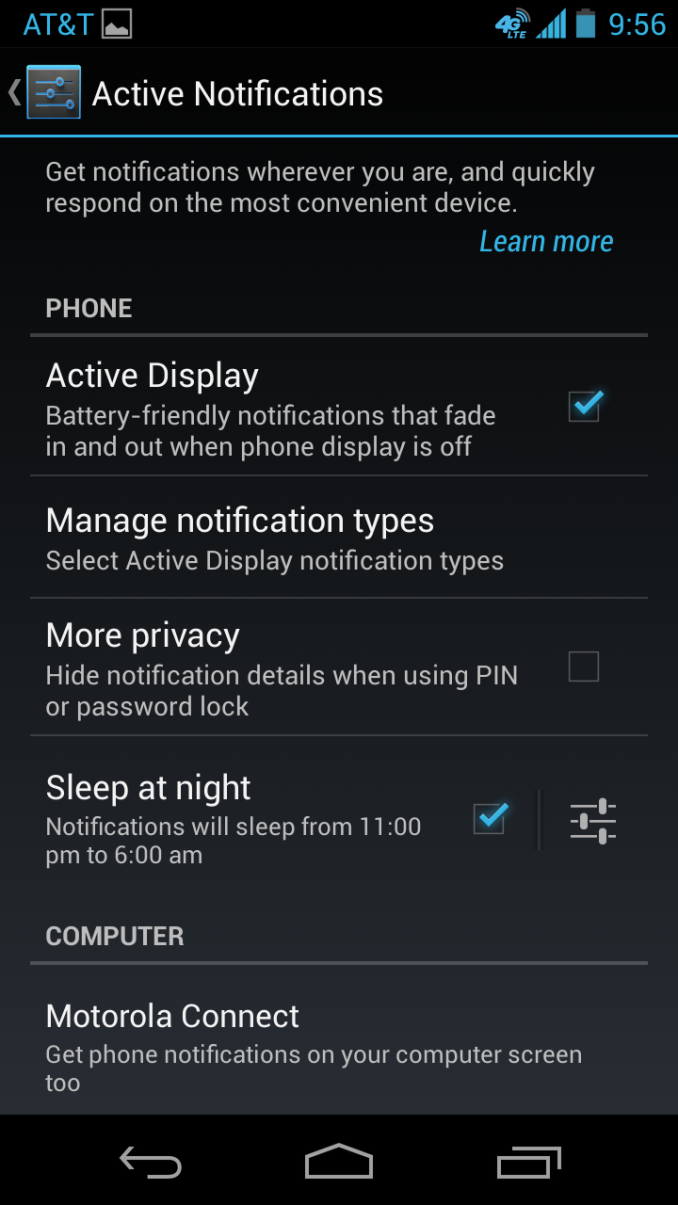
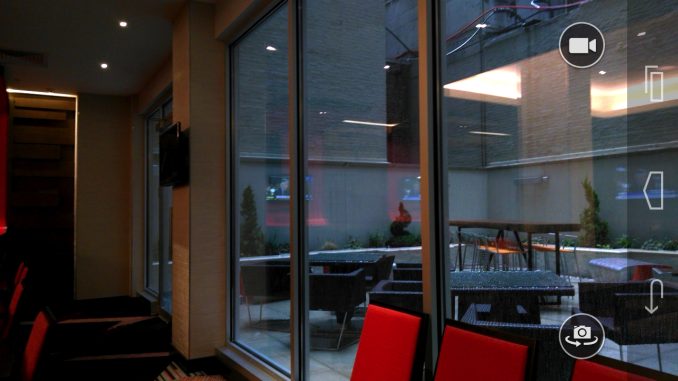
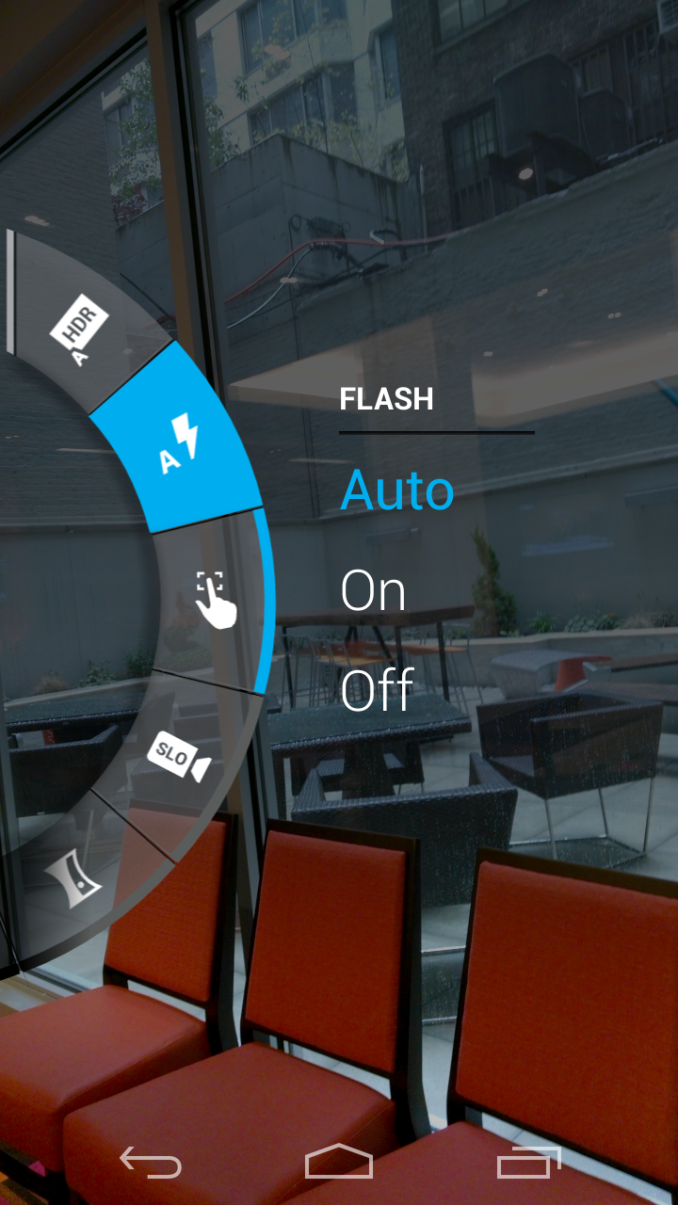








162 Comments
View All Comments
kwrzesien - Friday, August 2, 2013 - link
I agree that the 16 GB is a deal killer, especially at this premium price. It would have been nice to see Moto change the memory game by making 32 GB the base memory size at $199 and a 64 GB model for $249. This would radically alter the memory pricing structure of every competing Apple iOS product. It would also leave enough space on board for plenty of media after the OS and apps are loaded. I like the 50 GB of Google Drive space, clearly that is the feature that Google is pushing as a replacement for the MicroSD card. And I agree with them while on your home network (WiFi/LTE/4G). But where this fails is when traveling over seas or anywhere without a strong & free internet connection.Changing to 32/64 GB internal memory would mitigate both, keeping it "premium" and selling the "just works" approach the fashionistas prefer over nerds swapping out cards.
darwinosx - Friday, August 2, 2013 - link
Apple doesn't see this phone as competition.elotrolado - Saturday, August 3, 2013 - link
not if you don't want something that bigRoph - Friday, August 2, 2013 - link
No MicroSD slot = no buy. 0% chance that you will get a single penny from me moto.darwinosx - Friday, August 2, 2013 - link
Get used to it. All phones will be like this soon.Krysto - Saturday, August 3, 2013 - link
Yup. You can thank Microsoft for that, and them charging for the FAT file system, which is INSANE that it's not under FRAND yet. Here's a convicted monopolist with a 90 percent market share in PC's, and it gets to charge everyone for "allowing" other devices to be recognized by its OS. It's stupid. It should be a FRAND patent at the very least, if not free for everyone to use.Devfarce - Friday, August 2, 2013 - link
This really seems to be the first Android phone that has been designed for experience and not just for specs. I think that as a whole, the smartphone community has become obsessed with specifications and fringe performance cases and less about real world performance and usability. I've used a GS4 and it stutters and lags in some of the most used stock apps; Messages is the biggest offender in my opinion with visible lags between when the keyboard renders onscreen and when the text history redraws above it. Obviously a quad core CPU isnt the solution. Neither is 1080p. 720p in a phone is still incredibly rich and detailed. Even more important is color accuracy, gamut and contrast. Not driving 125% more pixels for greatly diminishing returns in clarity and a persistent blueish hue.People want long battery life, quality construction, hardware visual appeal and smooth performance. Like it or not, this is why Apple still makes the best product. HTC is close with the One but their legacy of poor execution has scared away a lot of buyers. The GS4 is an impressive phone on paper but doesnt have an overall theme. It feels like a bunch of independent, half baked ideas that have been cobbled together and the hardware is nothing to get excited about. A friend has had one for about 2 months and it's in pretty rough shape with scratches and this odd crease in the extreme corner of the screen. They have marketed the snot out of their products and they sell. It's also easier to SELL ALL THE CORES in the aggressive environment of in-store, comission based sales.
Early benchmarks puts 3D performance ahead of the GS4's BenchmarkBoosting shenanigans. Good code will take advantage of the GPU horsepower. Dual core is currently the apex of SoC design from a power vs performance perspective. Apple will likely have dual core in the upcoming iPhone and perhaps even the next iPad again for the battery life and optimized performance they are able to deliver. Is that a mid-range phone as well? Say what you want about specs, but optimizing experience is everything. Kudos to Moto for making a serious effort at delivering that premium experience.
sherlockwing - Friday, August 2, 2013 - link
So called "Premium experience" is no match for a HTC One or GS4 Gpe.sherlockwing - Friday, August 2, 2013 - link
Not to mention the shameful scam of charging highend price for mid-range silicon and last year's screen tech.darwinosx - Friday, August 2, 2013 - link
You know this how? Oh, you don't. Are you aware Android OS and apps can't really make use of quad core?